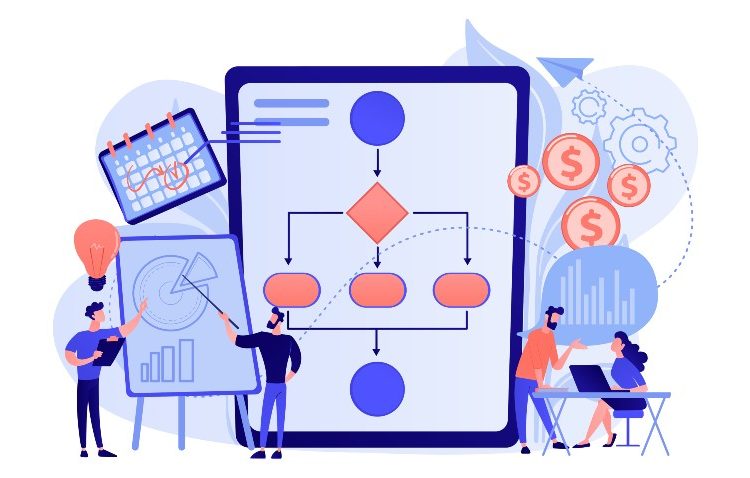Introduction
Accounting is a field that has evolved significantly over the years, especially in terms of how workflows are managed. Gone are the days of manual bookkeeping and cumbersome ledger entries. Today, accounting workflows have transformed into efficient, automated systems powered by cutting-edge accounting workflow software. In this article, we’ll explore the evolution of accounting workflows, highlighting the shift from manual processes to advanced automated systems.
The era of manual accounting
In the past, accounting was a labor-intensive and time-consuming process that relied heavily on manual tasks. Here are some key characteristics of this era:
Manual data entry:
Accountants had to manually enter financial data into ledgers and journals. This process was not only slow but also prone to human errors.
Paper-based records:
Accounting records were primarily kept on paper, making it challenging to retrieve and organize information efficiently.
Limited accessibility:
Access to financial data was restricted to physical copies, limiting collaboration and real-time reporting.
Lengthy reconciliation:
Reconciliation of accounts involved painstakingly comparing and matching paper records, often taking days or even weeks.
The transition to digital accounting
The advent of computers and digital technology marked a significant turning point in accounting workflows. This transition brought about several improvements:
Spreadsheet software:
Software like microsoft excel made it easier to create, manage, and manipulate financial data. Spreadsheets allowed for faster calculations and more organized record-keeping.
Digital records:
Paper records started to give way to digital documents and files, making it easier to store and retrieve financial information.
Improved data accuracy:
Automation within spreadsheet software reduced the risk of manual errors, improving data accuracy.
Basic accounting software:
The emergence of basic accounting software packages allowed businesses to perform essential accounting functions more efficiently.
The rise of advanced accounting workflow software
In recent years, the accounting industry has seen a surge in the adoption of advanced accounting workflow software. Here’s how this evolution has transformed accounting workflows:
Automation of repetitive tasks:
Modern accounting workflow software automates routine tasks such as data entry, transaction categorization, and bank reconciliations. This frees up accountants’ time for more strategic activities.
Real-time data access:
Cloud-based accounting software provides real-time access to financial data from anywhere, enabling collaboration among team members and clients.
Enhanced security:
Advanced software includes robust security features to protect sensitive financial information, reducing the risk of data breaches.
Scalability:
Cloud-based solutions can scale with the growth of a business, accommodating an increasing volume of transactions and clients.
Analytics and reporting:
These systems offer powerful analytics tools that provide insights into financial performance, enabling better decision-making.
Regulatory compliance:
Automated software helps ensure compliance with changing accounting standards and regulations, reducing the risk of non-compliance.
Conclusion
The evolution of accounting workflows from manual processes to automated systems has revolutionized the field of accounting. Modern accounting workflow software has made tasks more efficient, accurate, and accessible. Accountants and financial professionals now have the tools they need to provide valuable insights and strategic guidance to their clients.
As technology continues to advance, we can expect even more innovations in accounting workflows, including increased use of artificial intelligence and machine learning. By embracing these changes and staying up-to-date with the latest accounting software, accounting professionals can remain competitive and provide the highest level of service to their clients in an ever-evolving industry.

